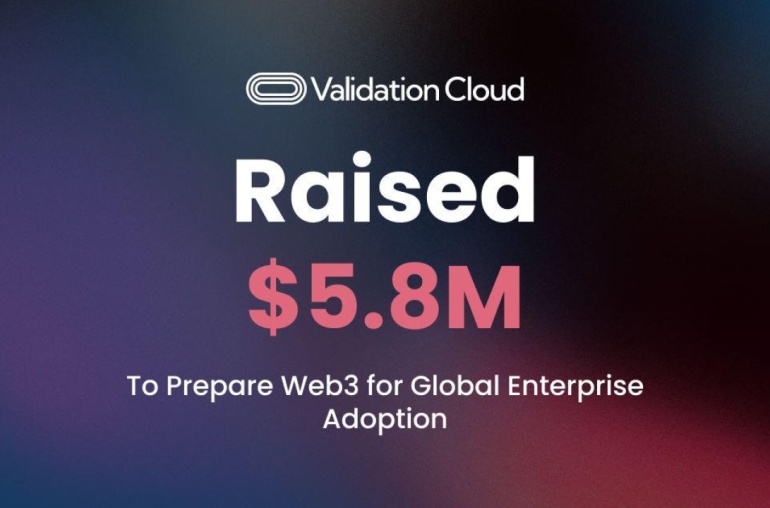Since transferring from the centralized Web2 landscape to the decentralized Web3 paradigm, the Internet has been going through a rapid transition. Web3 is centered around decentralization, privacy, and user empowerment. The emergence of blockchain, which has been swiftly gaining a reputation as a medium of exchange, a store of price, and a basis for an extensive range of Web3 applications, is one of the critical elements behind this transition. This article explores the vital role that cryptocurrencies play inside the Web3 ecosystem and highlights the significance of developing robust cryptocurrency exchanges to guide the adoption of cryptocurrencies in the Web3 world.
1. Decentralized, Trustless Cross-Border Transactions and Cryptocurrencies
Decentralization is one of the key principles of the Web3 ecosystem, which aims to eliminate central authorities and empower individuals. Transactions in cryptocurrencies such as Bitcoin, Ethereum, etc. are verified and completed through a network of widely deployed computers, called nodes, etc. This provides decentralized control and trustless transactions since users no longer need banks or payment processors.
Real-life Example: Remittances Made Easy
Think about a family that regularly sends money to relatives abroad from their home in Asia. The speed and cost of traditional money transfers can be restrictive, with exorbitant fees taking up a certain portion of money transfers. Using cryptocurrencies like Bitcoin or Ethereum allows a family to send money faster and at a fraction of the cost, making money transfers more efficient and affordable.
2. Exchange Platforms and Cryptocurrencies
By providing user-friendly interfaces, flexible trading tools, and comprehensive educational resources, these platforms lower barriers to new users, making it easier for individuals from diverse backgrounds to participate in digital assets. Where different uses and investment preferences are catered for, this diversity enables users to explore assets and identify those that match their interests and risk tolerance, thus encouraging increased participation and promoting the adoption of cryptocurrencies.
Real-life Example: Accessing the Crypto Market with Ease and Safety
Consider someone who wishes to start investing in this new asset class but is unfamiliar with cryptocurrency. To purchase, sell, and trade cryptocurrencies like Bitcoin, Ethereum, or other well-known cryptocurrencies, they first need to select a trustworthy and user-friendly exchange platform, such as CoinEx – one of the world’s pioneering exchanges that offer stable trading experience, a plethora of cryptocurrencies, and a simple user interface. According to CoinMarketCap, CoinEx is currently ranked 5th by the number of cryptocurrency offerings. Besides, CoinEx’s self-developed proprietary high-speed matching engine can carry up to 10,000 transactions per second and can run stably and reliably under the concurrency of thousands of orders. Exchanges should therefore enable users to enter the world of digital assets safely and easily and help them harness the power of cryptocurrencies and participate in the Web3 world.
3. Non-Fungible Tokens (NFTs) and Cryptocurrencies
The Non-Fungible Token (NFT) market is another noteworthy application of cryptocurrencies in the Web3 ecosystem. NFTs are digital tokens that represent ownership of specific items such as art, collectibles, virtual real estate, and other digital assets. NFTs, unlike cryptocurrencies such as Bitcoin or Ethereum, are not exchangeable, endowing them with distinct worth and rarity. The creation, sale, and transfer of NFTs are facilitated by cryptocurrencies and blockchain technology, allowing artists and creators to monetize their work directly and retain copyrights without intermediaries. To name a few, Bored Ape Yacht Club, CryptoPunks, and Azuki are some of the most popular NFT projects in recent years. Apecoin, the main cryptocurrency of the Bored Ape Yacht Club ecosystem is also available for trading on CoinEx.
Real-life Example: Digital Art Ownership
Let’s say a 3D creative designer decides to create a limited number of digital artworks and sell them as NFT. Each NFT represents ownership of a specific item, and the designer can set royalties to receive a percentage of any future sales. Collectors can then purchase the NFTs using cryptocurrencies, so the designer will earn an income for their work without relying on traditional art marketplaces that usually charge an intermediary fee.
4. Decentralized Applications (dApps) and Cryptocurrencies
Cryptocurrencies serve not only as digital currencies but also as the fuel for decentralized applications (dApps) in the Web3 ecosystem. dApps are built on blockchain platforms like Ethereum or Cardano and are open-source, censorship-resistant, and designed to work without authority. dApps use cryptocurrencies as native tokens so that token holders can vote on essential protocol changes to form the direction of the project to a certain degree. dApps span a wide range of products from finance and gaming to supply chain management and social media, providing decentralized solutions that empower users and reduce reliance on centralized platforms, say Instagram, Facebook and Apple, etc.
Real-life example: Incentives for Building dApps
Imagine a social media platform where users are rewarded with native tokens for creating and engaging with content. These tokens can then be used to access exclusive features or traded on decentralized exchanges, providing users with an incentive to participate actively in the platform.
The Importance of Robust Cryptocurrency Exchanges in the Web3 World
As cryptocurrencies play a pivotal role in the development of the Web3 ecosystem, the need for secure and stable ways to manage these digital assets is all the more pressing. With numerous high-profile hacks and security breaches plaguing the cryptocurrency market, exchanges must prioritize protecting users’ funds and assets. CoinEx, one of the leading exchanges, has set itself apart in this aspect by maintaining a 0 accident track record. CoinEx adopts the “Proof of Reserve” mechanism with the “Merkle tree” as an audit method to prove that the platform maintains a 100% reserve rate. This mechanism fosters transparency and trust, assuring users that their funds are securely stored and readily accessible.
All in all, as we continue to witness the ongoing evolution of the Web3 landscape, cryptocurrencies will remain at their core, shaping the future of finance, digital asset management, and online interactions.





